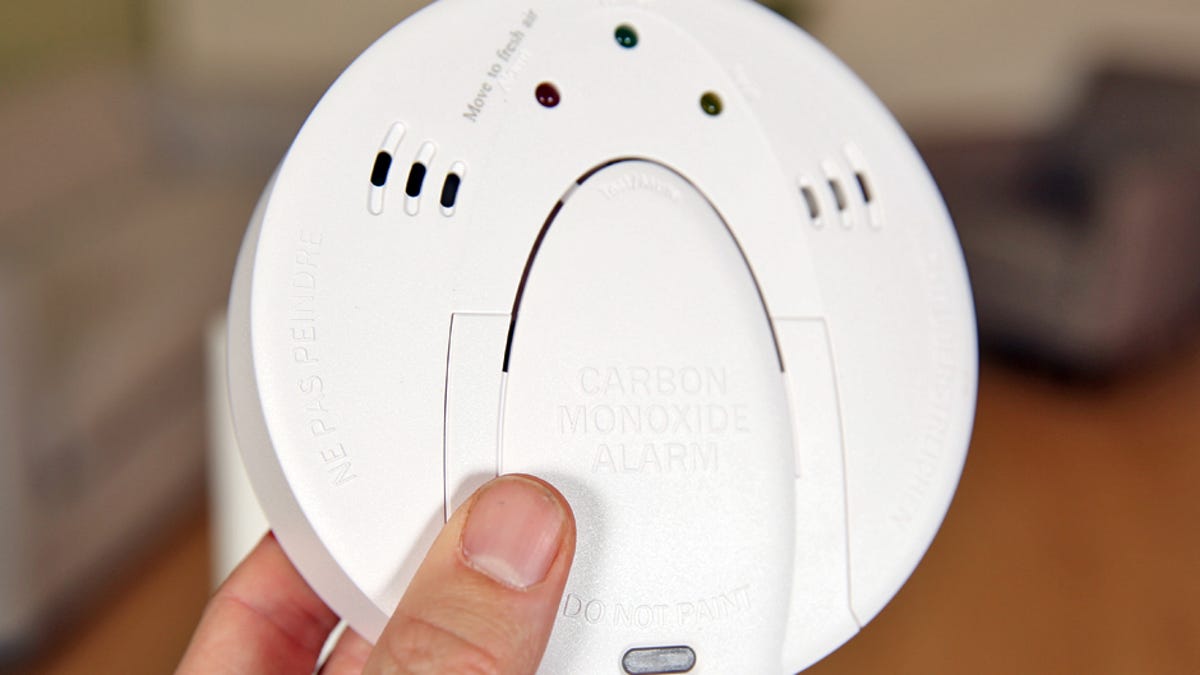The best places to install smoke detectors (and how to make them less annoying)
Chances are, you don't have enough smoke detectors in your house.

Installing fire detectors in your home is vital to home safety.
But chances are you don't have enough smoke detectors in your home. The one-and-done approach isn't enough for the typical family household.
Find out how many smoke detectors you need, where to place them and what kinds are available.
Why you probably need more smoke detectors
The one-and-done smoke detector placement in most homes is a no-go, according to Tom Russo, vice president of marketing for Jarden Safety & Security, maker of First Alert-branded products. "To ensure your home is best protected from fire, First Alert advises following guidelines set by the U.S. Fire Administration (USFA)."
- The USFA advises that homes have smoke alarms installed inside every bedroom, outside each sleeping area and on every level of the home, including the basement and one carbon monoxide alarm on each level and in each sleeping area.
So, the average-size home in America -- a two-story, three-bedroom house -- needs a minimum of five smoke alarms and four carbon monoxide alarms. If you or someone in the family is hard of hearing, add a sound-amplifying accessory for every smoke alarm, too.
"Make certain each person can hear the smoke alarm sound from his or her sleeping area and that the sound is loud enough to wake everyone," said Russo.
Alarms for the hearing impaired
The Fire Protection Research Foundation did a study in 2006 that found the typical smoke alarm only woke up 56 percent of children and adults who were hard of hearing. Low frequencies were found to be much better at waking those who are hard of hearing, so special alarms called "smoke alarm alert devices" and special smoke alarms were created.
Smoke alarm alert devices can be attached to a regular alarm you already have in your home. One such accessory, for example, is called the MAX One by MAX SmartHome. If it hears your existing alarm go off, it sounds its own alarm so that both those with normal hearing and those who are hard of hearing will be alerted in case of a fire.
If the residents of a home are only hearing impaired, a fire detector designed specifically for those that are hard of hearing may be a better choice.
Smart detectors that help with false alarms
More smoke detectors probably means more false alarms. Luckily, new, smarter smoke alarms make it easy to disable false alarms (no manual fanning required). Generally, there are three different types of smoke detectors. There are the run-of-the mill kind, connected alarms and those designed for the hard of hearing. Here's an overview of some options.
Smartphone-connected smoke detectors
How many times has the alarm sounded when you were cooking? Smartphone-connected smoke detectors are convenient because they can easily be disabled. They work well anywhere in the home that is prone to steam or cooking smoke, like in the kitchen or near bathrooms.
If there's a false alarm, connected devices such as the Nest Protect can be turned off quickly with your phone. Plus, you'll get alarm notifications even when you're away from home.
A device that smartens your old smoke detector
Roost is a Wi-Fi-connected smoke detector that "upgrades" traditional devices so that they can be controlled with a phone. When the alarm sounds, you'll get a push notification no matter where you are. The device even lets you know when your battery is running low.

